Siemens Telecommunication cables and wires

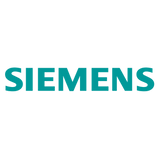

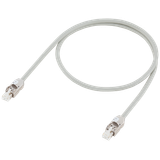
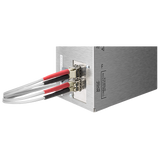


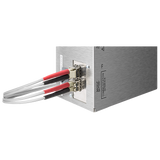
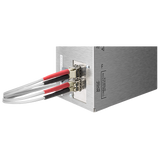
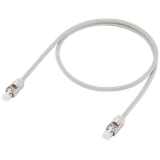

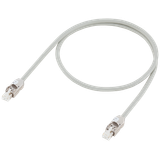


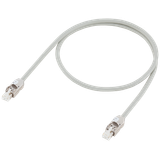
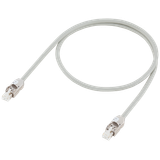
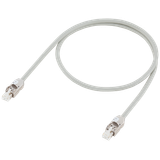

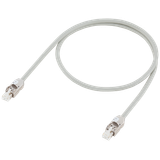

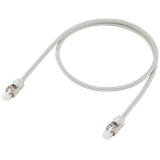
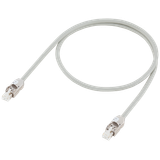
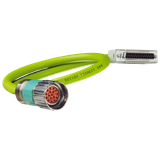
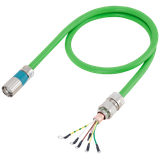

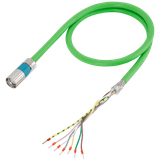

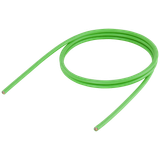
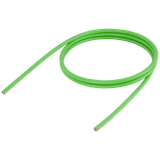


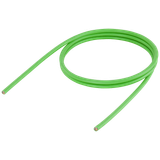
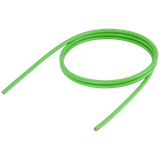
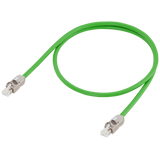
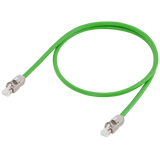

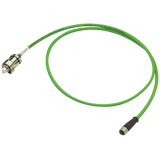
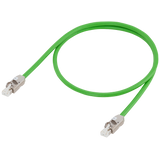

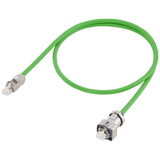

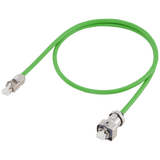

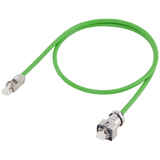

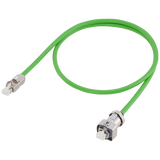
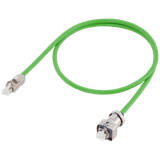



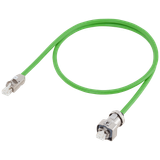

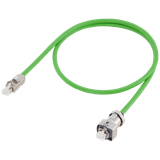

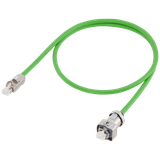
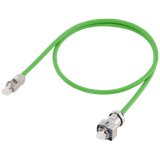
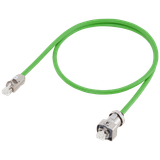

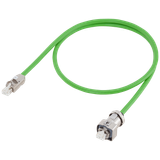

siemens telecommunication cables for industrial campuses and buildings
Engineered copper and fiber links that hold bandwidth, PoE current, and EMC margin in real plants—not just offices. Jackets cover LSZH CPR-rated interiors and UV-stable PE for ducts and outdoor trays. Pair legends, meter marks, and 360° shield bonds keep routes traceable and quiet next to drives. Copper handles desk runs, panel backhauls, and machine drops; fiber takes long spines, noisy galleries, and lightning-prone yards.
siemens structured cabling topology and media choices
Floor distributors feed panels and machines on horizontal copper to 90 m (plus patching to 100 m), while multimode or single-mode fiber spans rooms, buildings, and racks. On equipment, M12 X-coded ports bridge to RJ45 in cabinets; pre-terminated cassettes and trunks cut shutdown time. Access layers can be PoE++ for cameras/APs, with spines dimensioned for 10G today and 25/40G later via OM4/OS2.
siemens data communication cables performance and PoE
Cat5e/6/6A, 100 Ω geometry with U/UTP, F/UTP, or S/FTP shielding depending on EMC risk. Cat6A sustains 10G to 100 m with published NEXT/PSANEXT margins; stranded patch for flex, solid for horizontals. IEEE 802.3bt Type 4 (~90 W) is supported on 23 AWG Cat6A—watch bundle derating and ambient; temperature-rise tables keep trays within spec. Use keystones and patch panels verified as a channel, not just components, when certification is required.
Fiber backbones and siemens communication lines
OM3/OM4 handle 10G short-reach; OM5 helps SWDM where strands are scarce. OS2 single-mode covers kilometer-class links with 0.35 dB/km at 1310 nm targets; bend-insensitive G.657.A1/A2 cores survive tight risers. Connectors are LC duplex in racks and MPO/MTP for high density; factory-tested pre-terms with IL/RL printouts accelerate night works.
siemens network cables installation practice and EMC
Respect bend radii—approx. 8×OD during pull and 4×OD fixed on copper; ~20×OD/~10×OD on fiber unless cable data allows tighter. Pull ≤110 N typical on horizontals; use basket/tray supports at spacing that prevents sag. Maintain separation from power per EN 50174; cross motor feeders at 90°. Preserve pair twist (≤13 mm untwist at a jack). Bond F/UTP and S/FTP with 360° cones to grounded panels—pigtails raise impedance and invite noise. In washdown or dusty corridors, sealed entry plates with desiccant vents stop fogging of splice boxes.
Product specifications and standards
- Channel performance: ISO/IEC 11801-1 and EN 50173; components to IEC 60603-7/IEC 61156 families.
- Fiber: ITU-T G.65x cores; cable design to IEC 60794; connectors to IEC 61754.
- CPR: EN 50575 DoP available (Cca-s1,d1,a1 up to Eca); LSZH materials per EN 60754/EN 61034.
- Testing: copper per IEC 61935-1 Level VI (channel certs stored by link ID); optics per IEC 61280 with OTDR where the method statement requires.
- Environment: jacket windows from −20…+60 °C (compound dependent), UV-stable PE for outdoor ducts; rodent-resistant options on yards/tunnels.
Aplications and compatibility across sectors
Offices and classrooms standardize on Cat6/Cat6A horizontals to plates and APs; production cells use shielded Cat6A to panel switches and M12 at the machine edge. Warehouses tie mezzanines with OS2, then PoE++ copper down the aisles. Cleanrooms lean on slim LSZH cords, angled keystones, and shallow patching to clear doors. For long conveyors and outdoor bridges, dielectric OS2 avoids surge paths. Where machine docs reference siemens telecom wiring to sensors and IO-Link masters, reserve IP67 bulkheads and short shielded device jumpers for margin.
Integration with controls, safety, and siemens telecom infrastructure
Panels hosting PLCs, drives, and HMIs share the same cable discipline: divider trunking segregates SELV/data from mains; shield clamps land next to the earth bar; M12 X-coded links keep 1 Gb stable on vibrating frames. Patch maps, port VLANs, and PoE budgets ride the same drawing set as cable IDs so commissioning doesn’t chase phantom loops. Backbone choices should align with building BMS, CCTV, and access control so one siemens telecom infrastructure serves IT and OT without duplicate trays.
Selection criteria for B2B buyers
- Rate, distance, EMC: 10G in clean offices → Cat6A U/UTP; near VFDs → S/FTP; >100 m or high surge → OS2.
- Power: confirm 802.3bt loads against ambient and bundle count; specify certified 4-connector channels.
- Routes & CPR: fix Cca in escape paths; PE/armoured for ducts/yards; document bend radii and pull tension.
- Connectors: LC/MPO for racks; M12 in machines; RJ45 in dry panels; keep adapter count low for IL budget.
- Testing & docs: require channel certs and OTDR traces by link ID; store results in the CMMS.
- Spares & growth: ≥25 % spare fibers; 30 % tray headroom; publish a single labeling scheme across floors.
Advantages of working with Bankoflamps
We map link counts, categories, CPR classes, and connector families to your rack elevations and panel layouts, then show live EU stock before night works are booked. Quotations land in about an hour with EAN/MPN so shielding choice, PoE class, cassette type, and cut lengths don’t drift mid-phase. Your portal lists lead times, shipment progress, and downloadable price files; pricing validity tracks approval gates. Approved clients can use post-payment up to 30 days. We consolidate by rack or floor to cut freight and on-site sorting, and your account manager cross-checks sheath type, bend radius, bonding method, PoE budget, test deliverables, and labeling scheme against your drawings—so reels and trunks arrive site-ready and crews pull once.